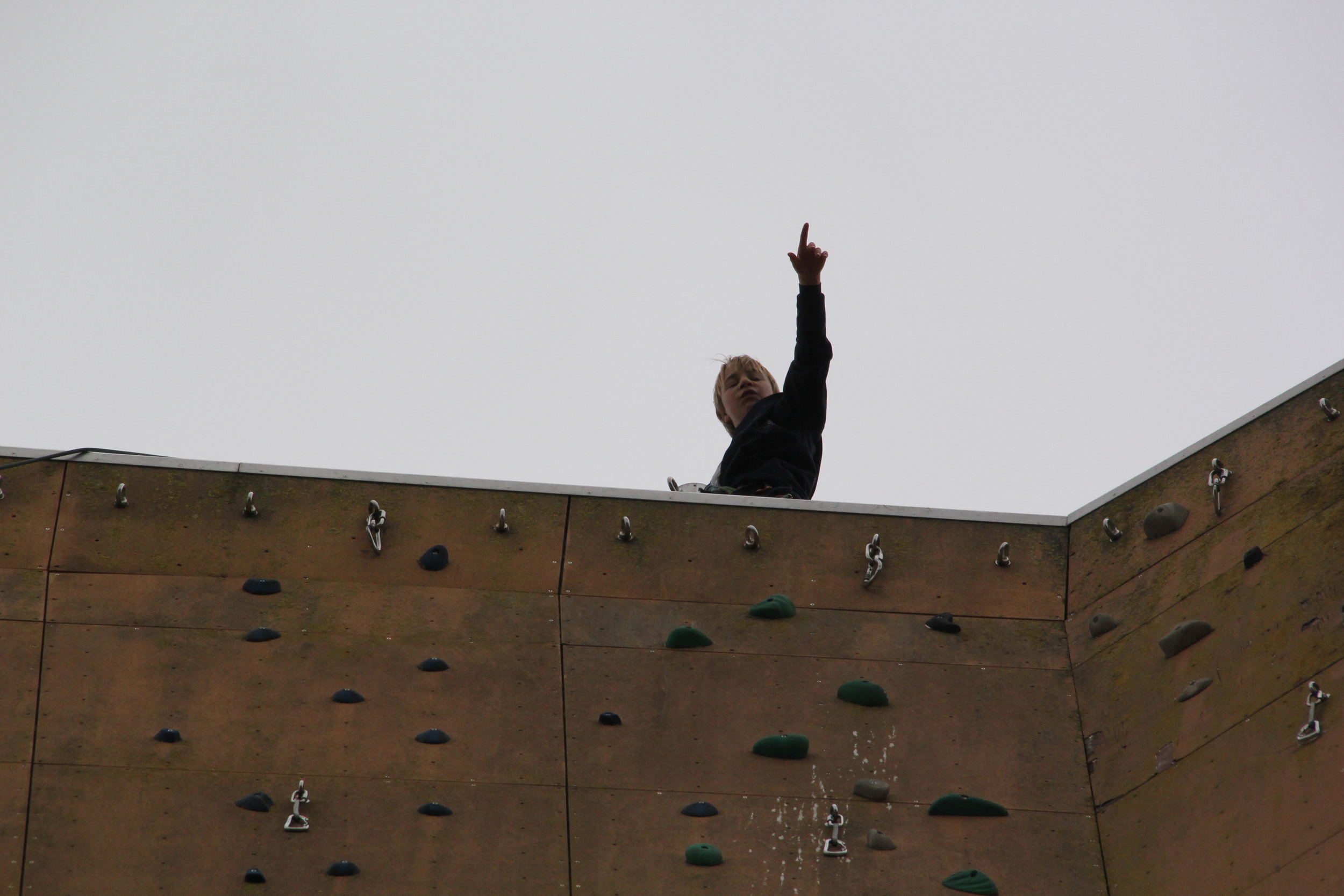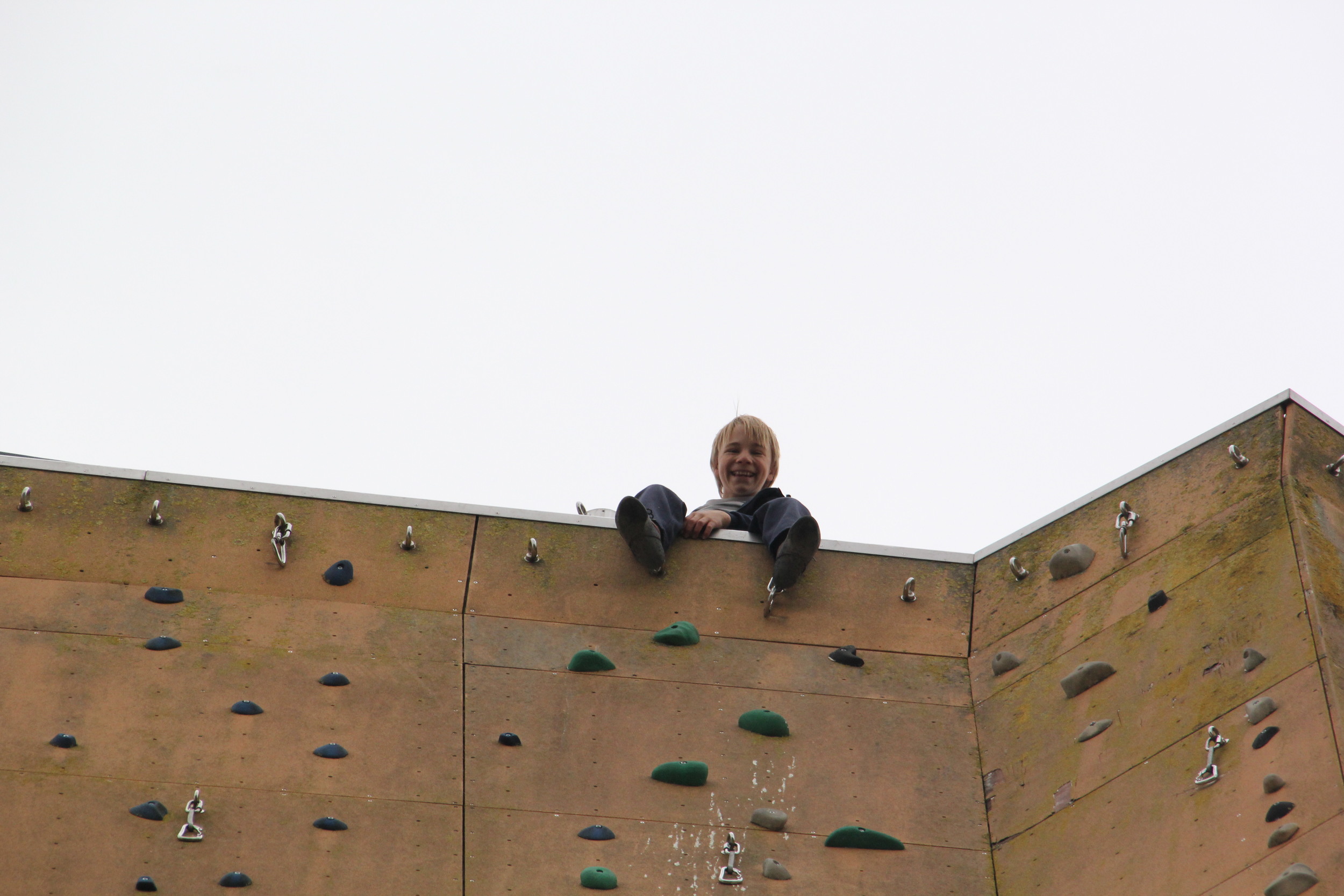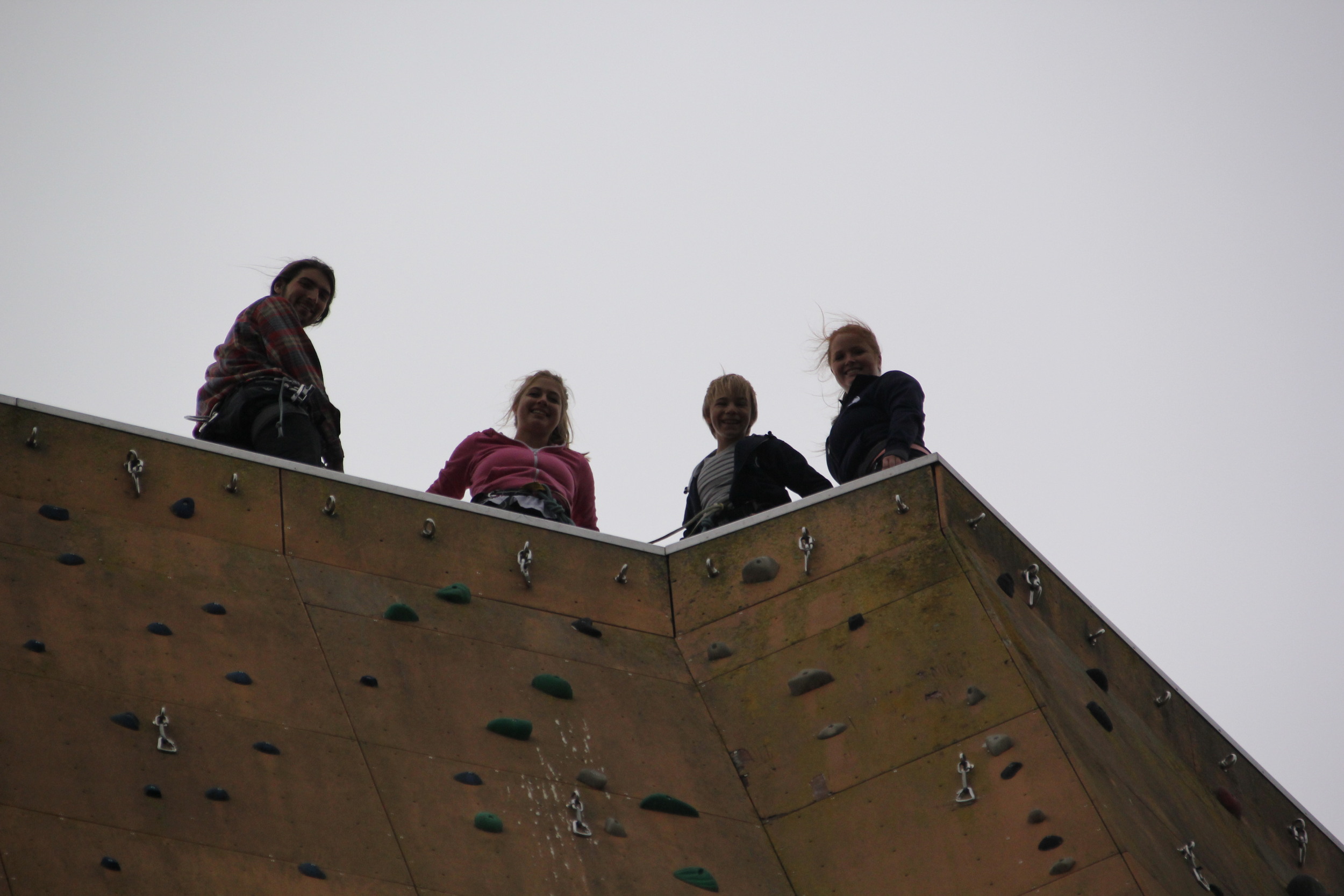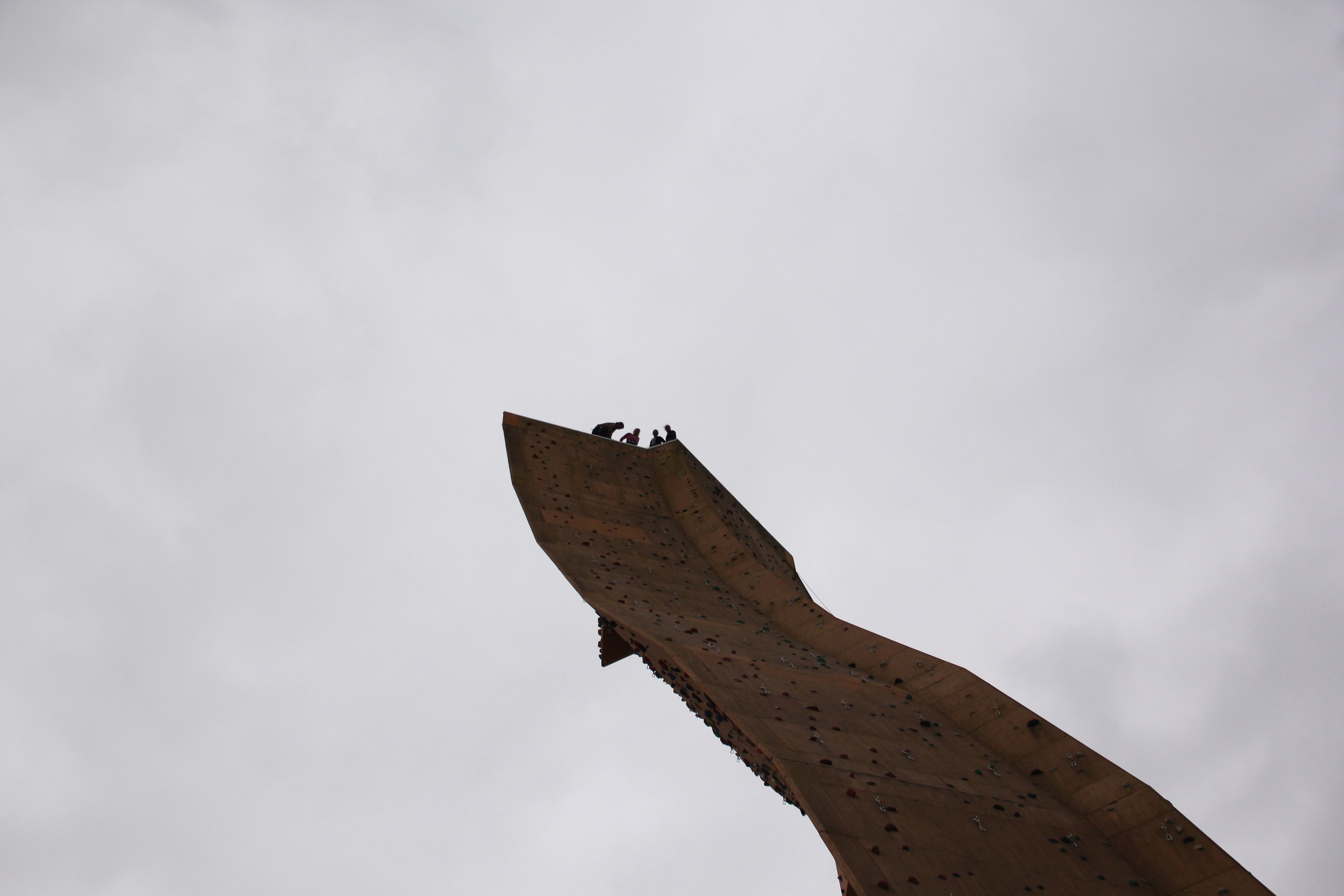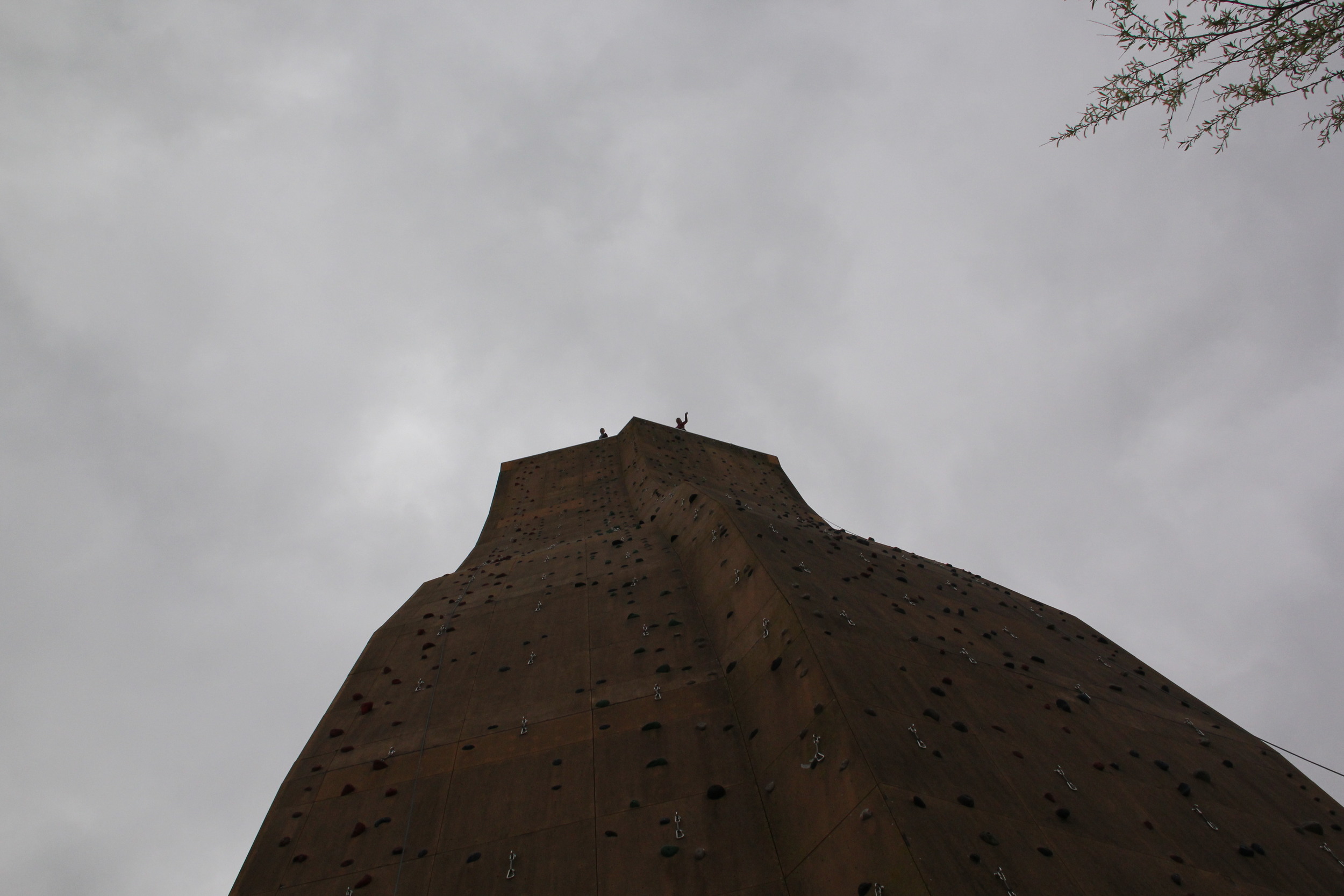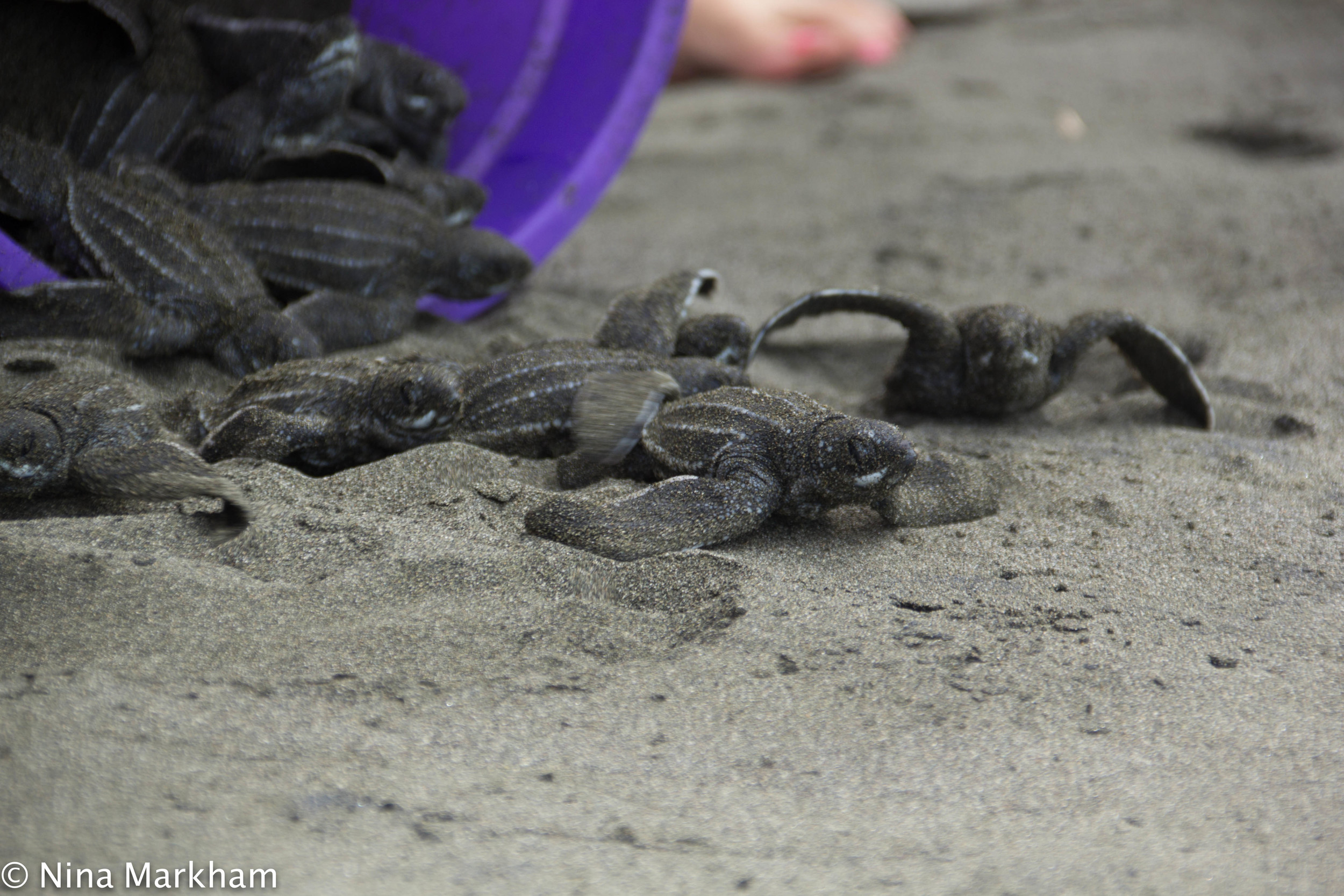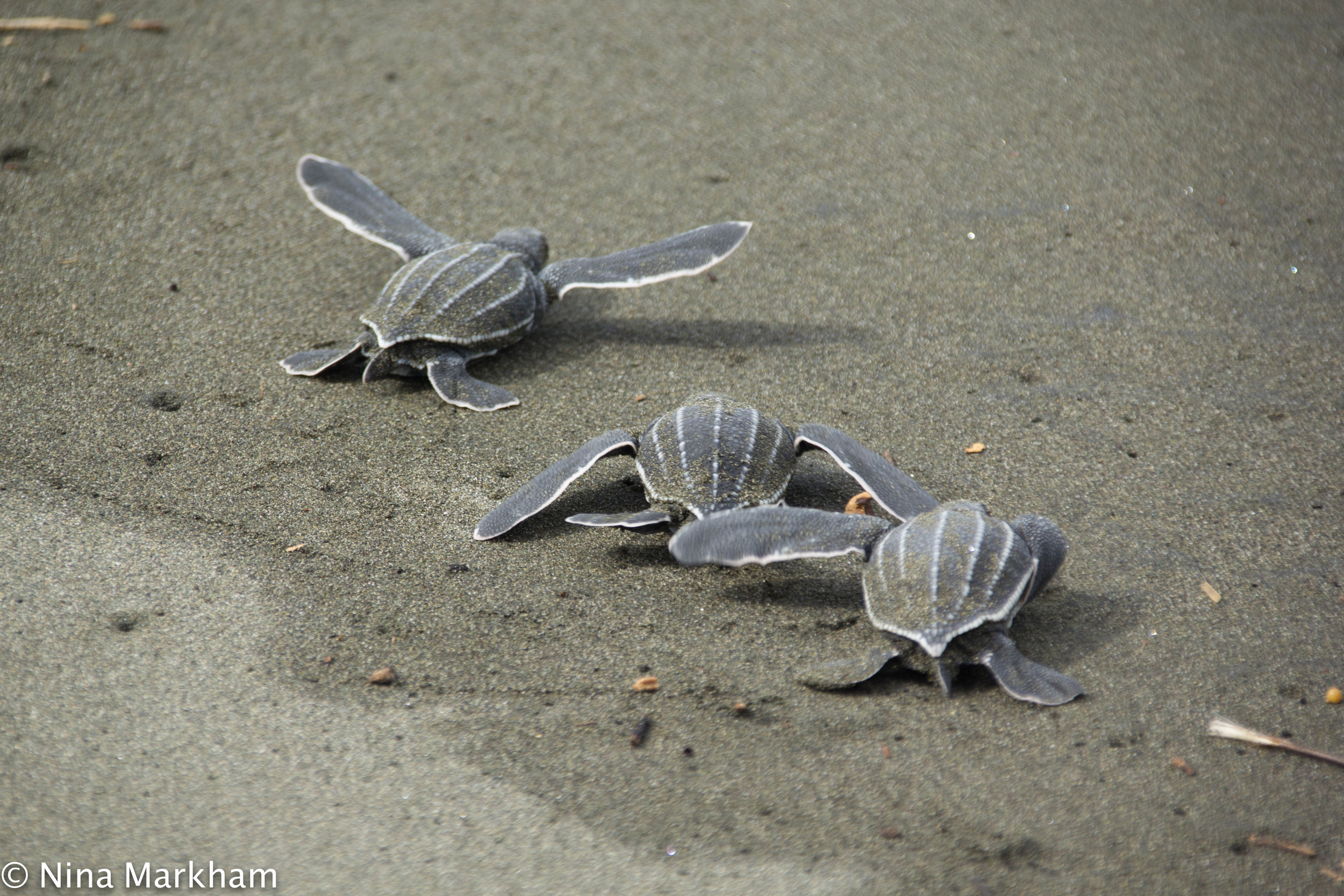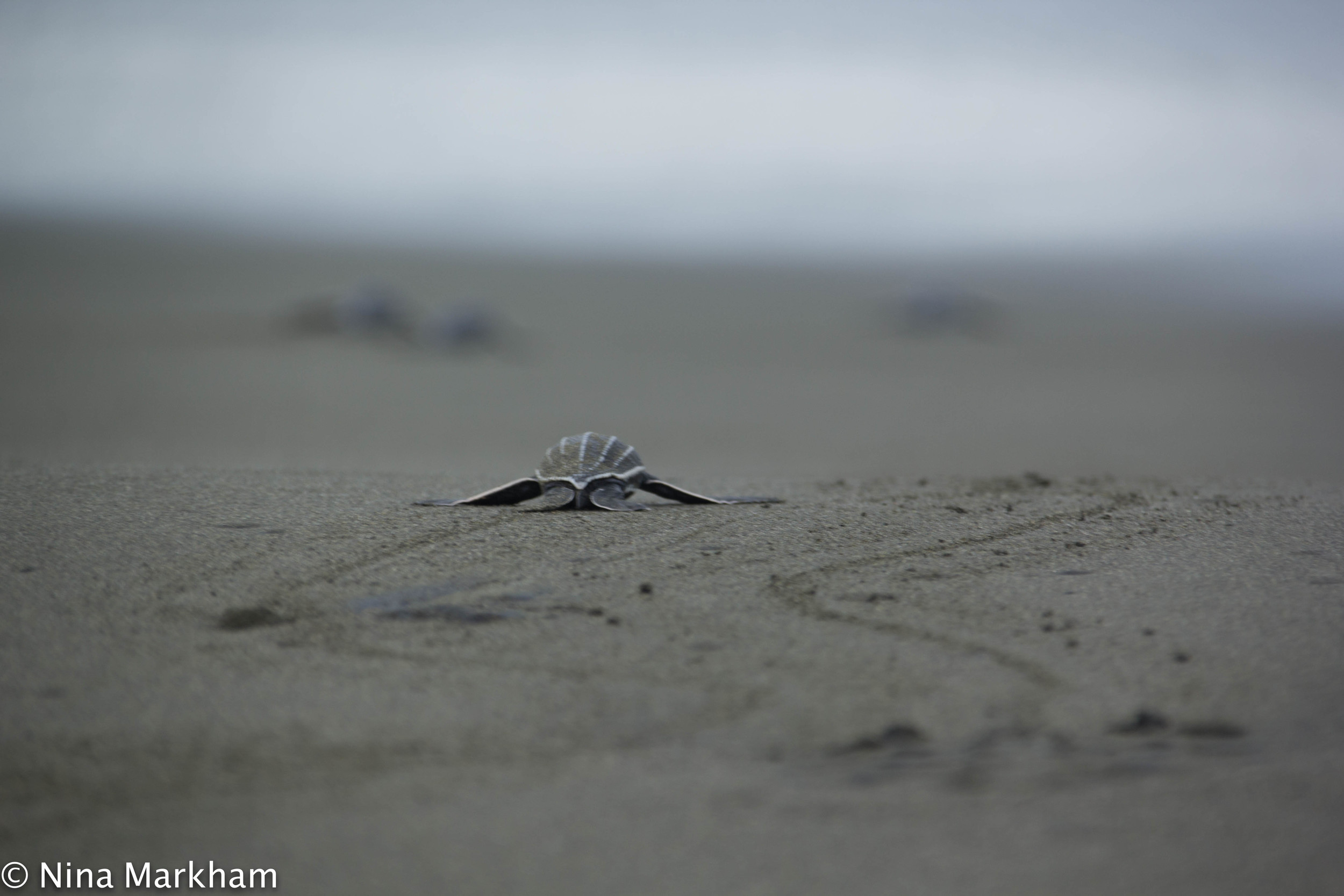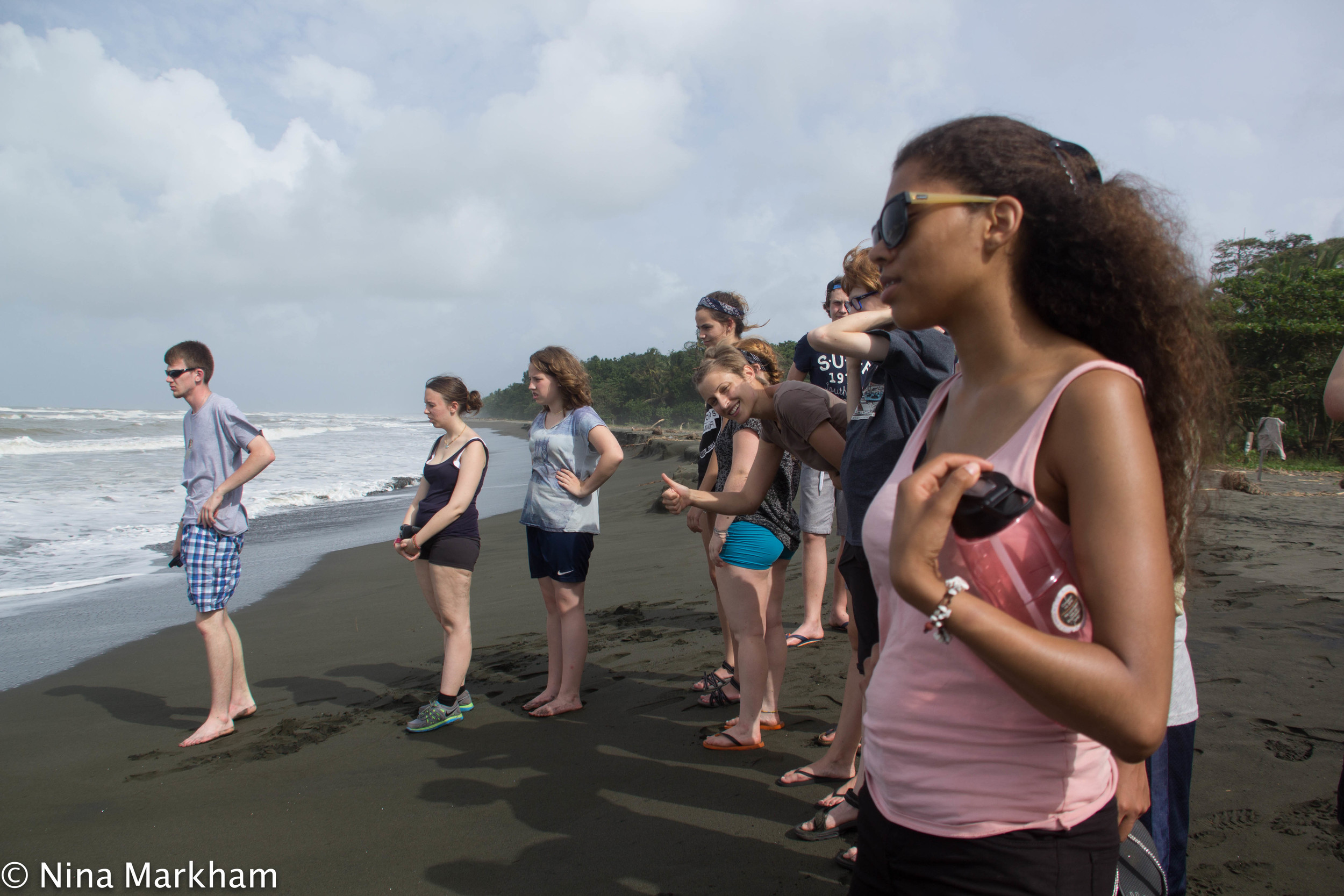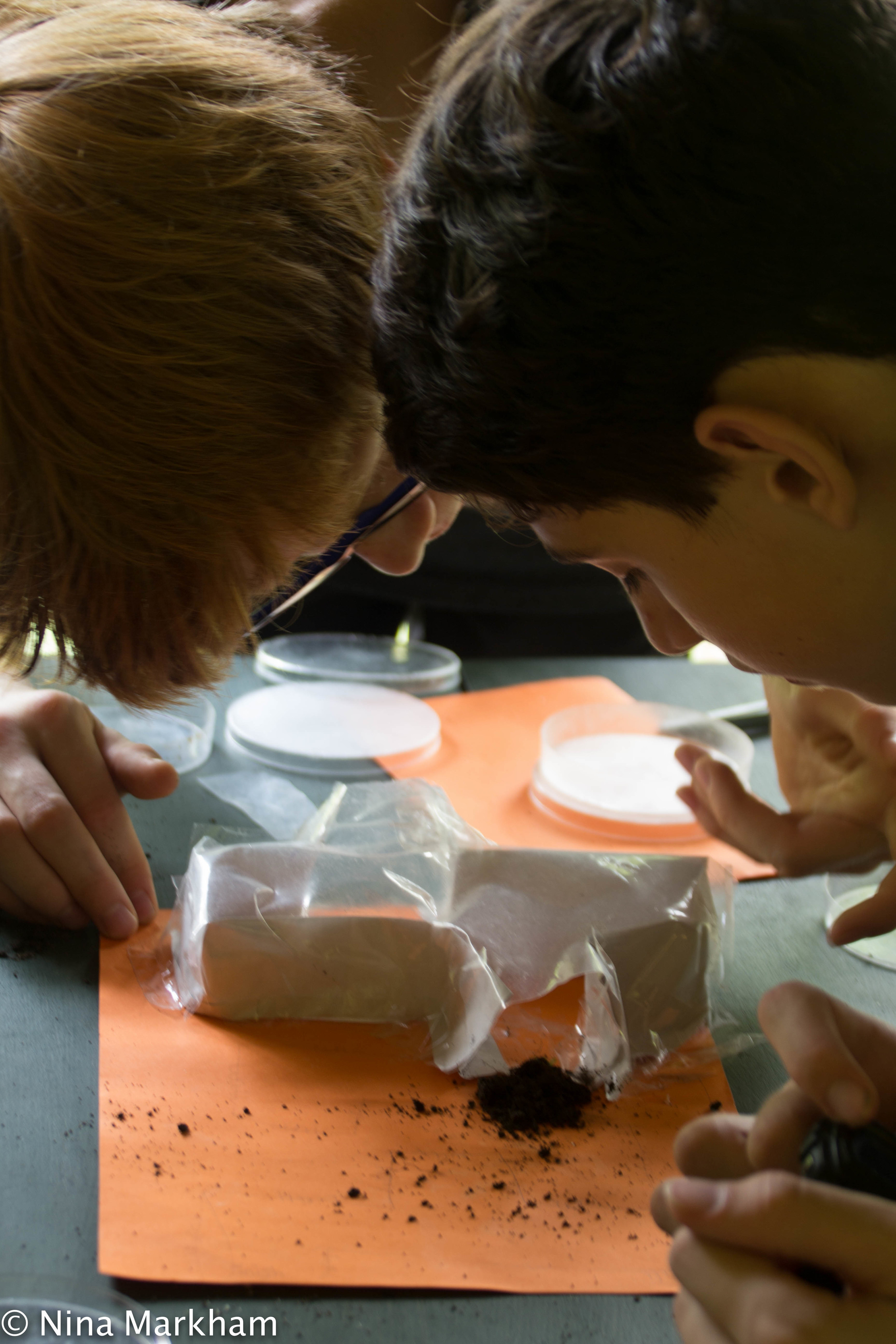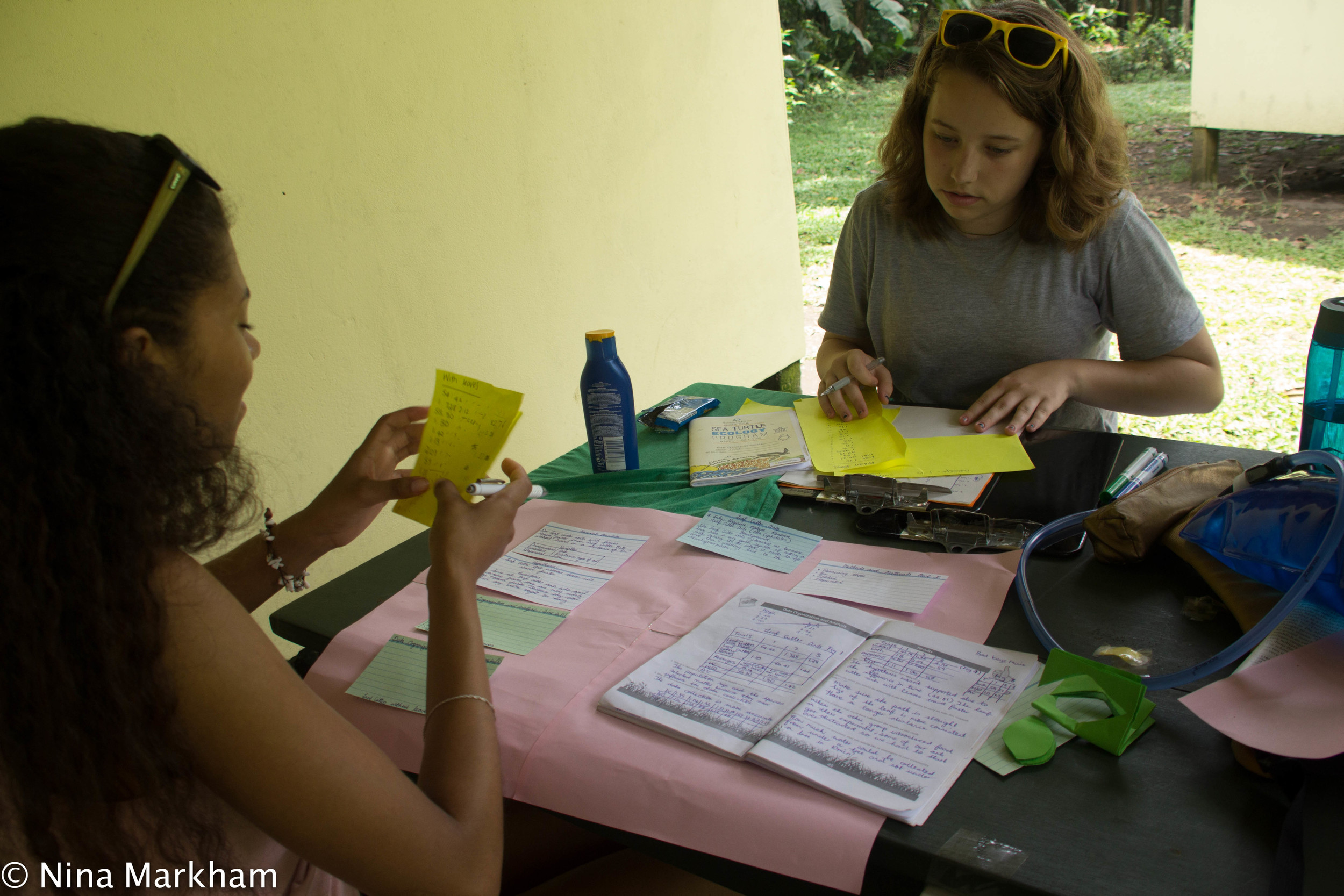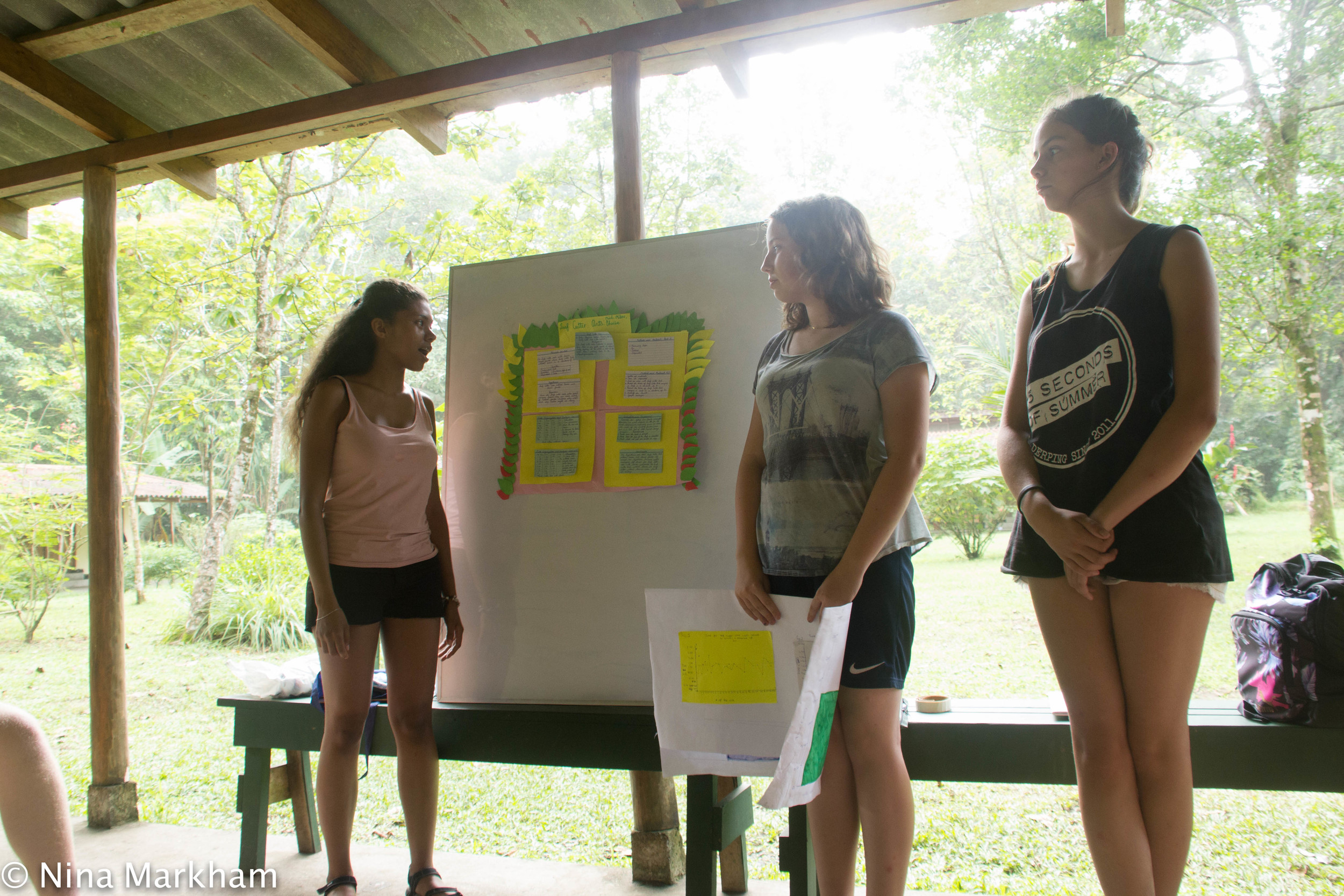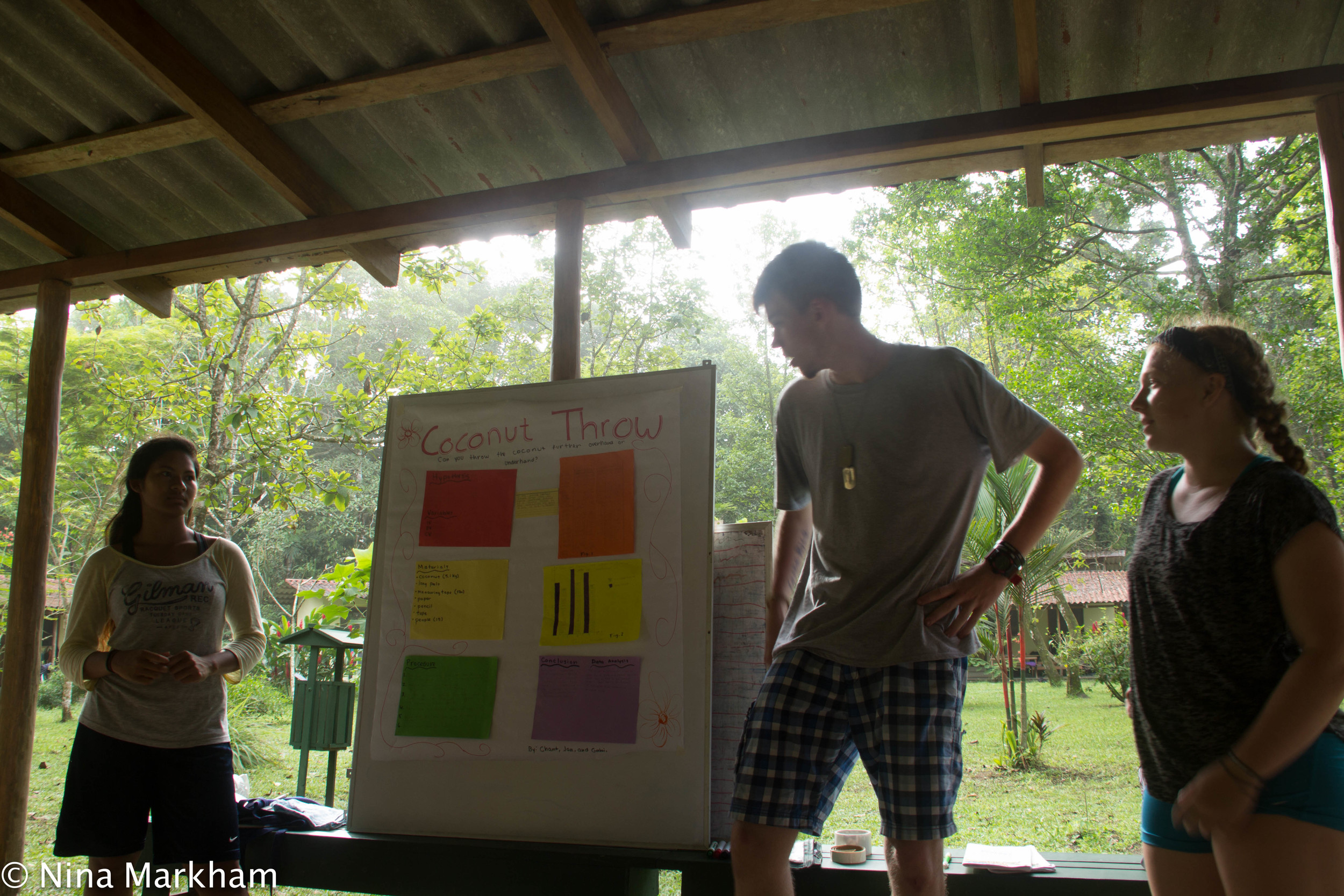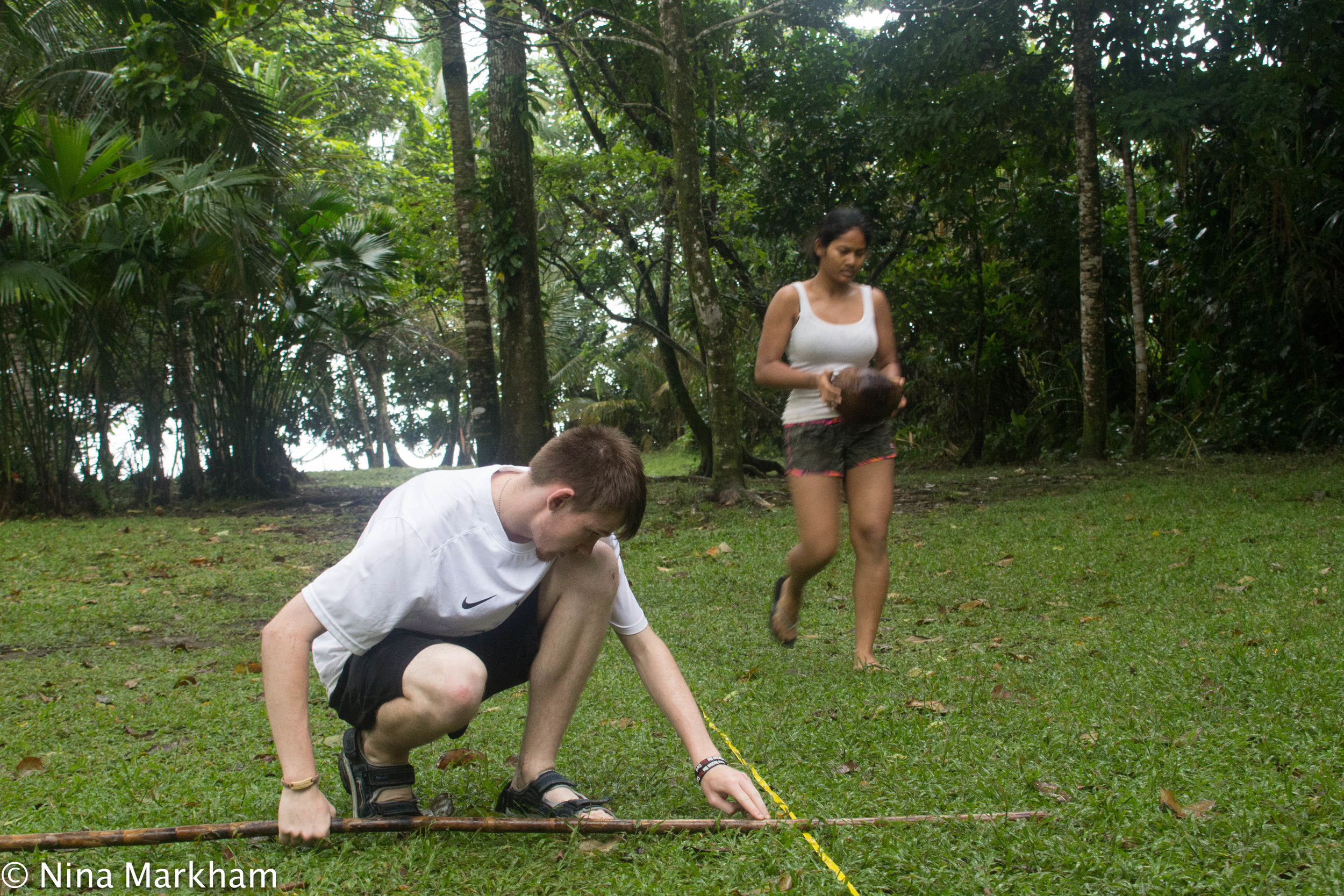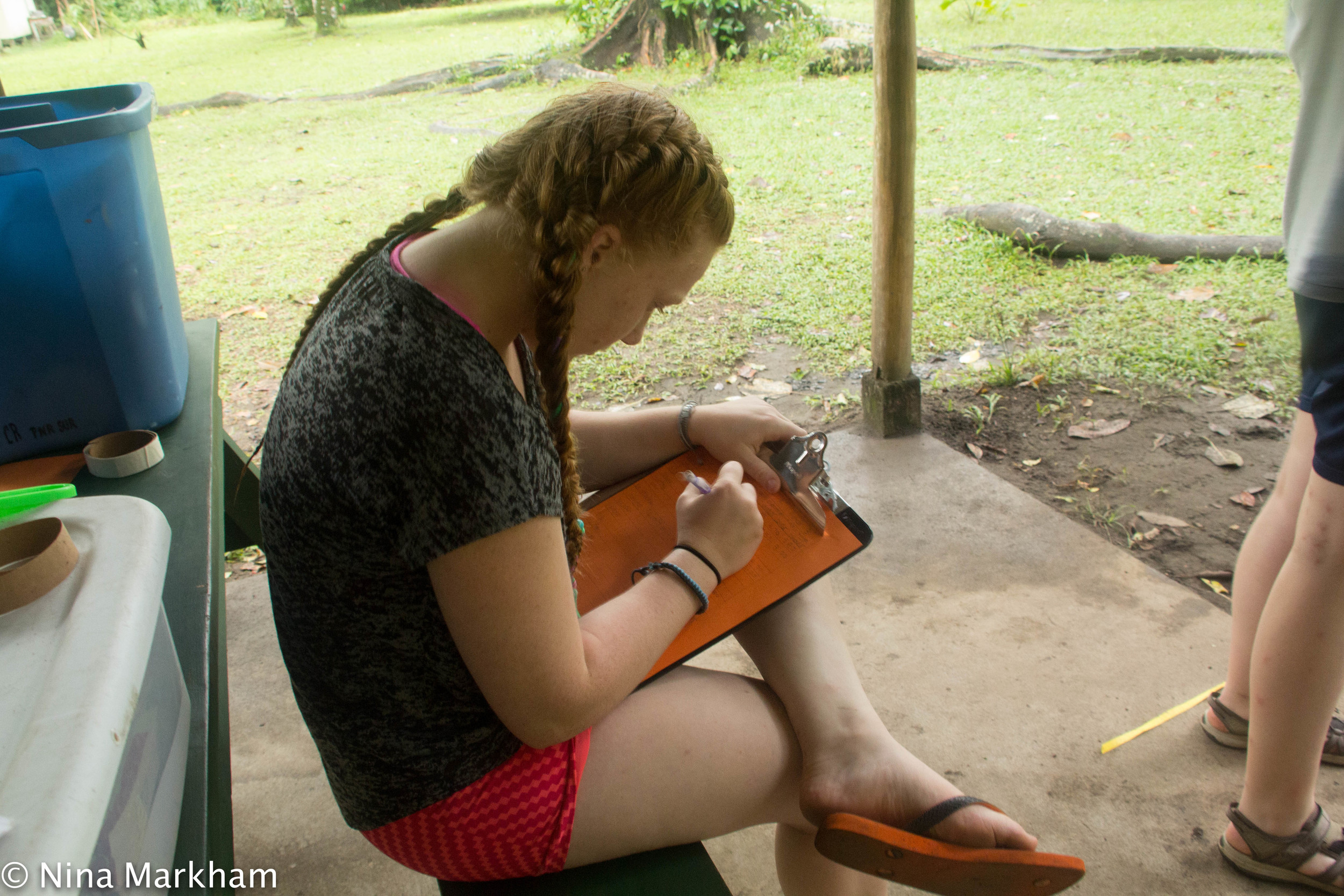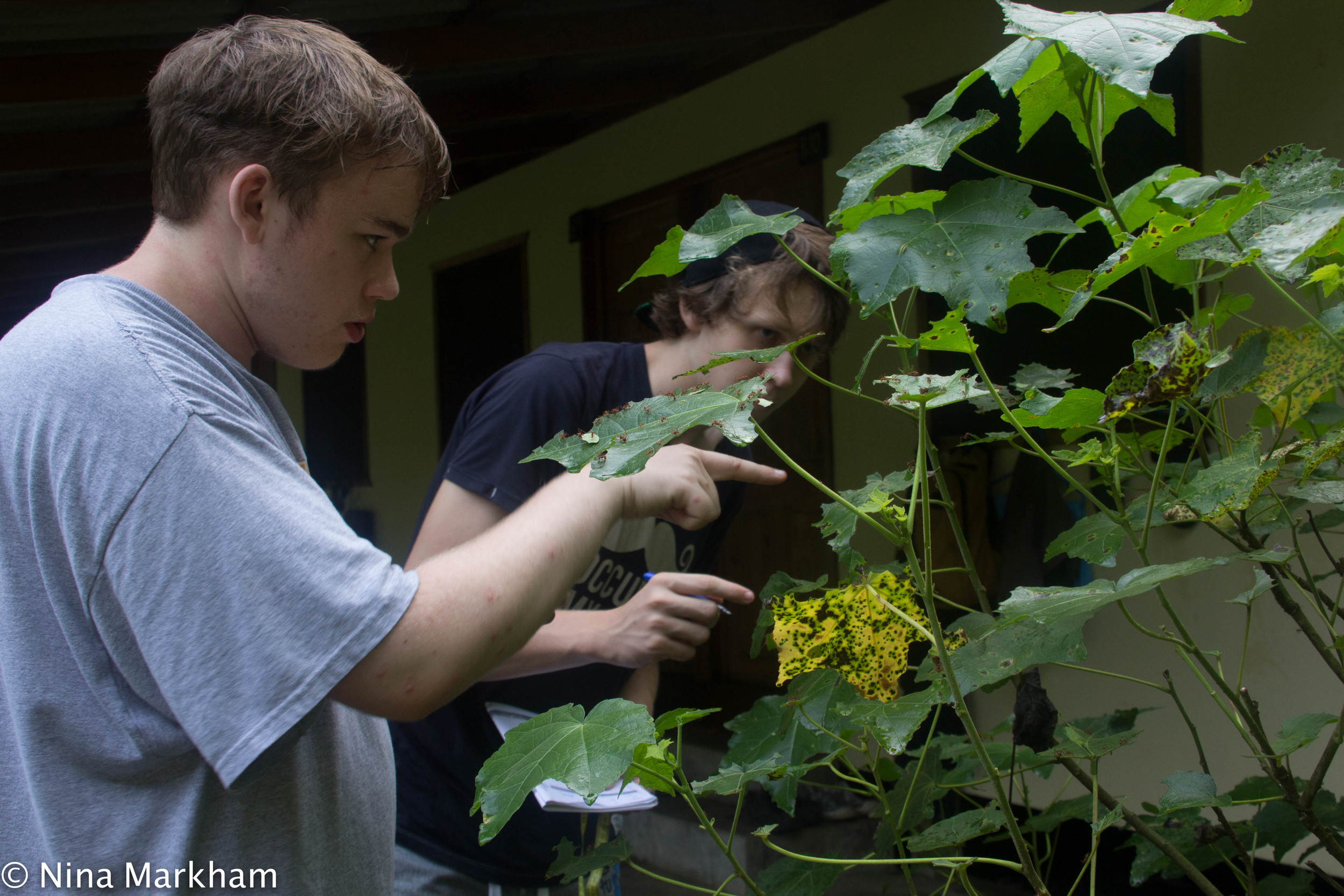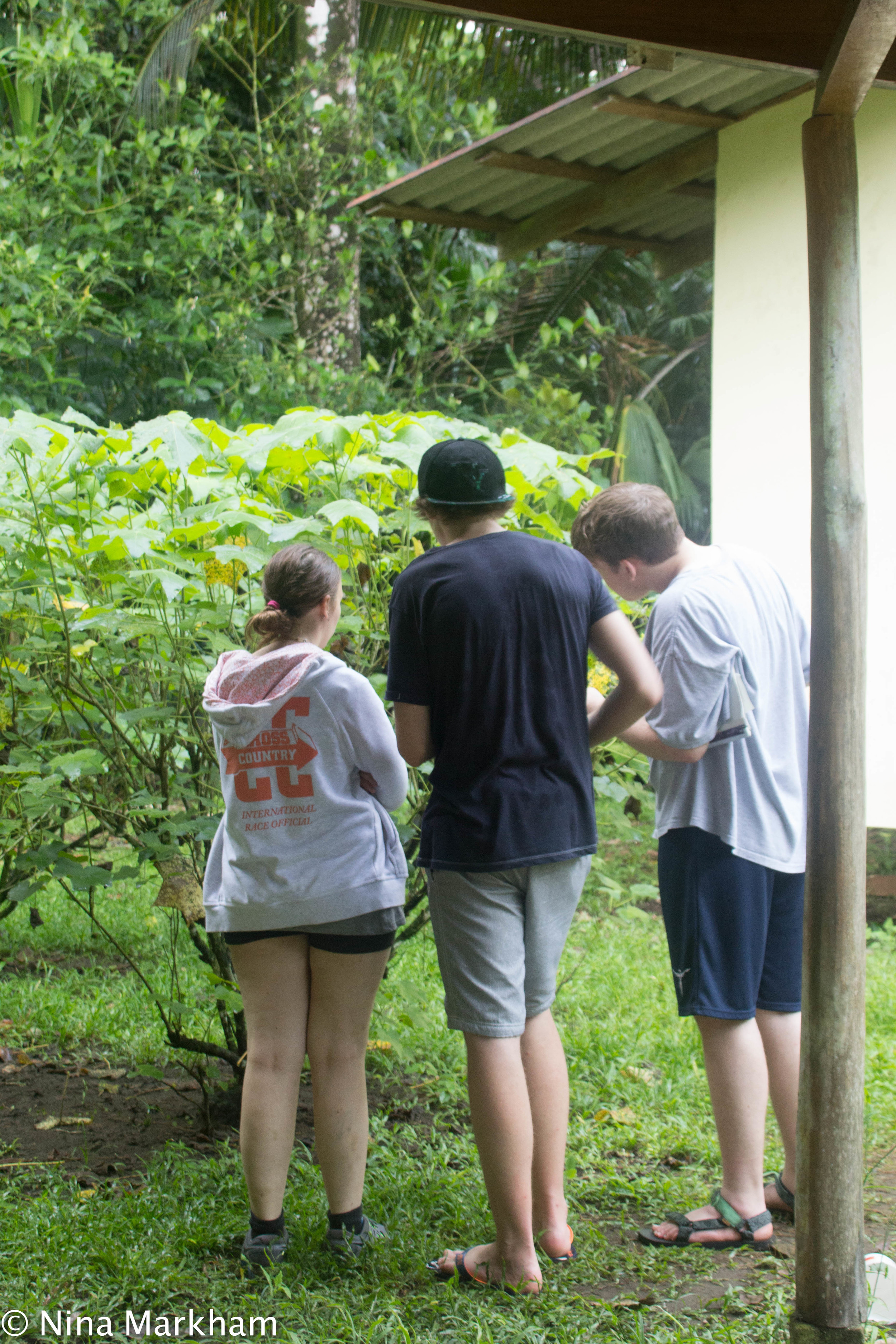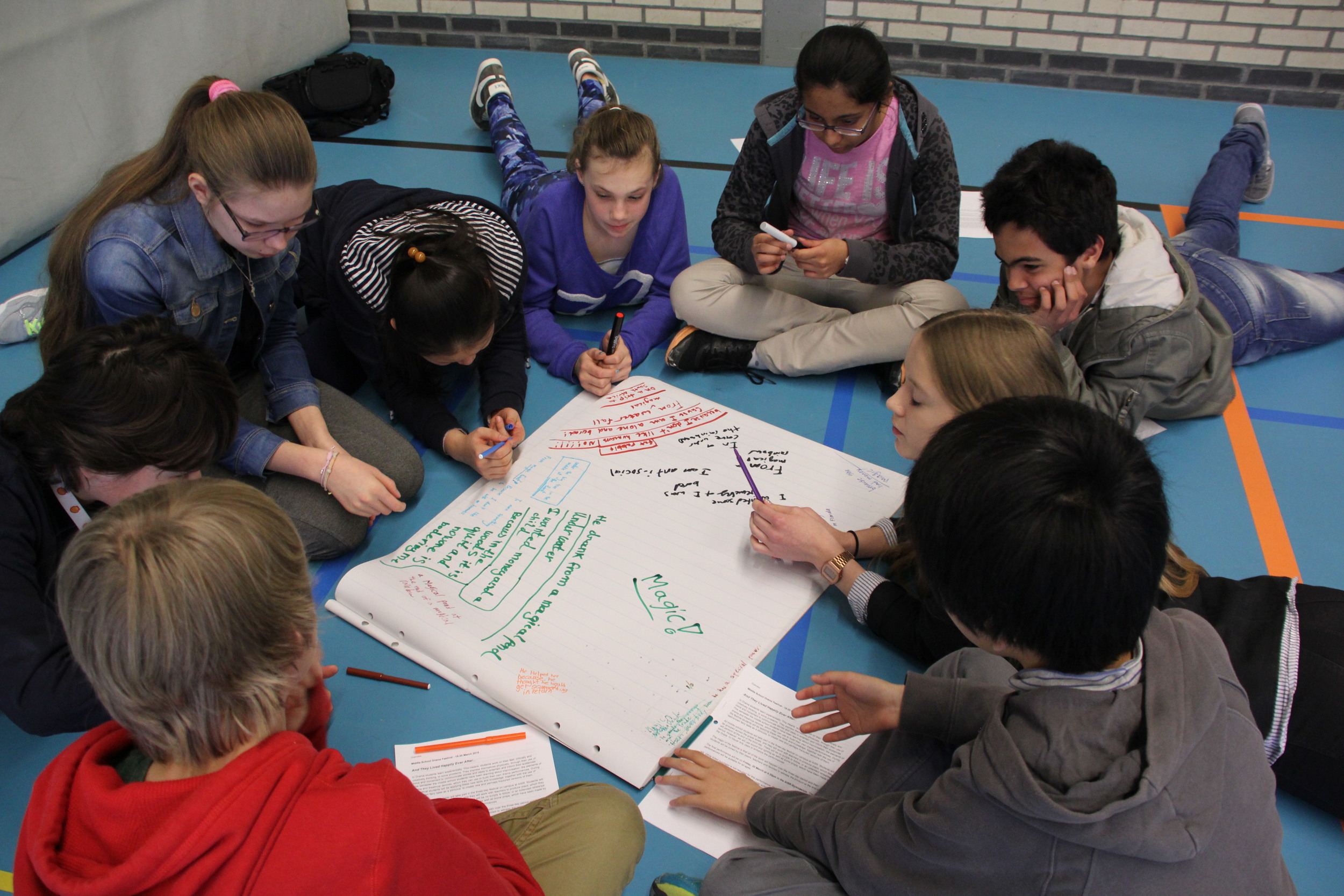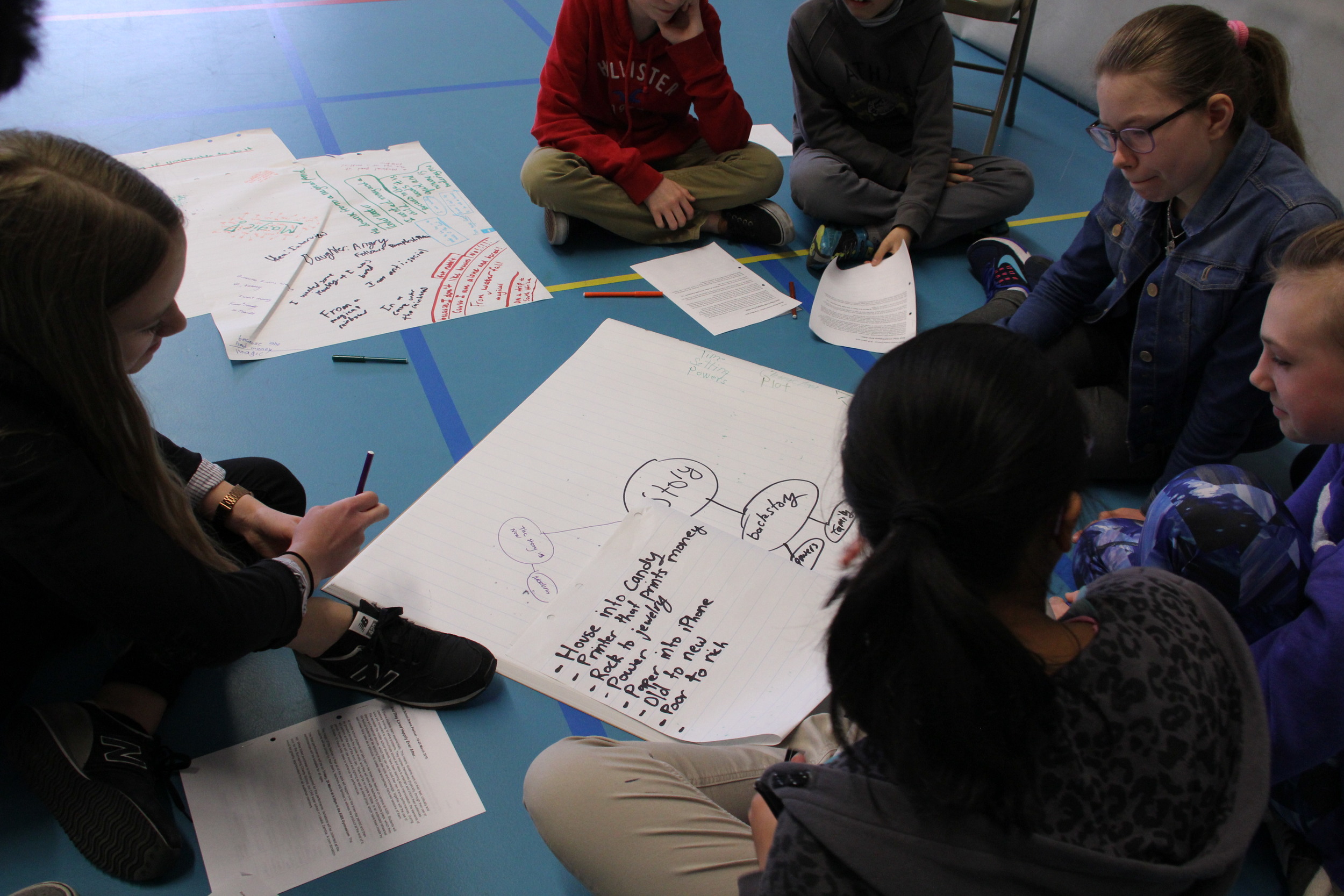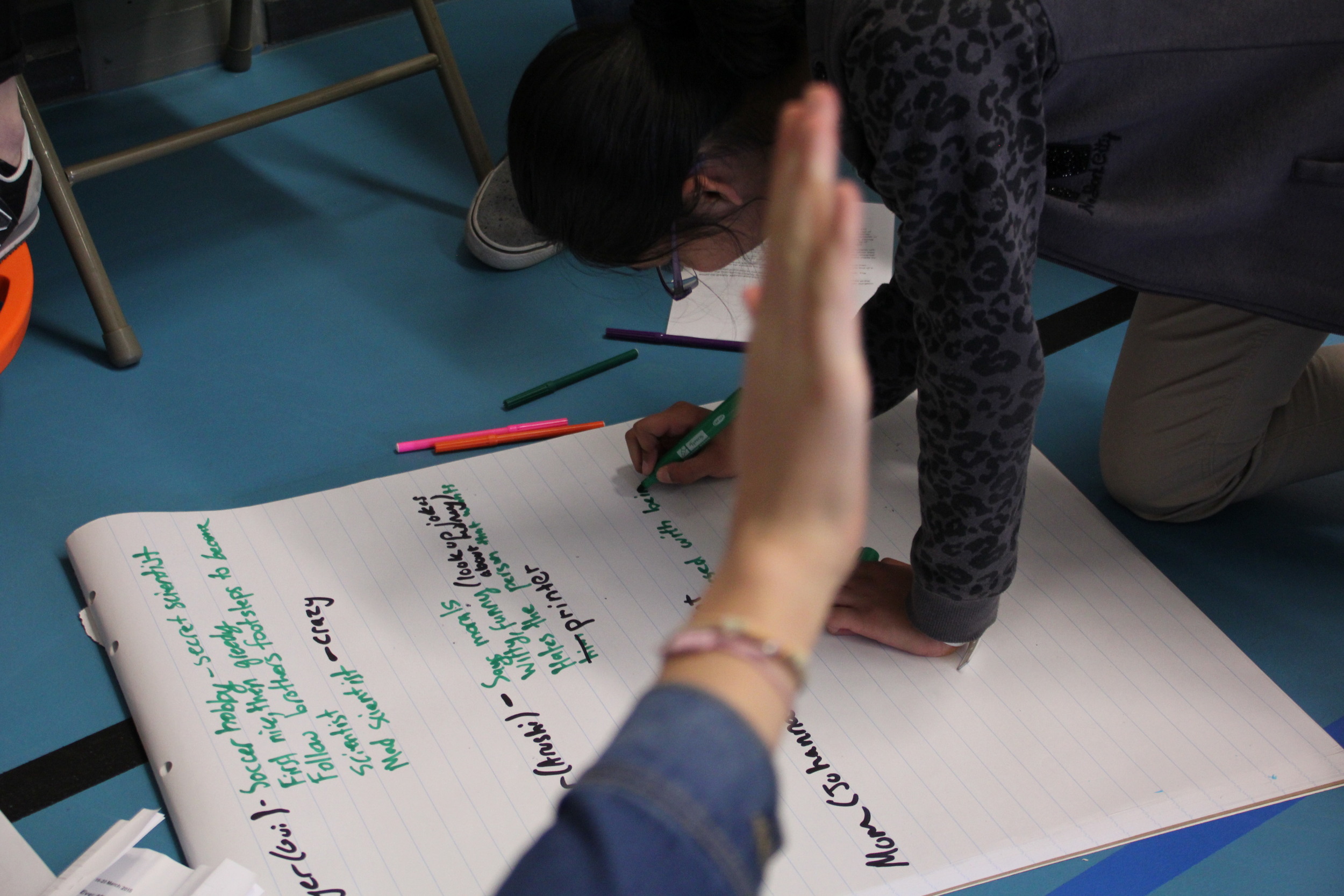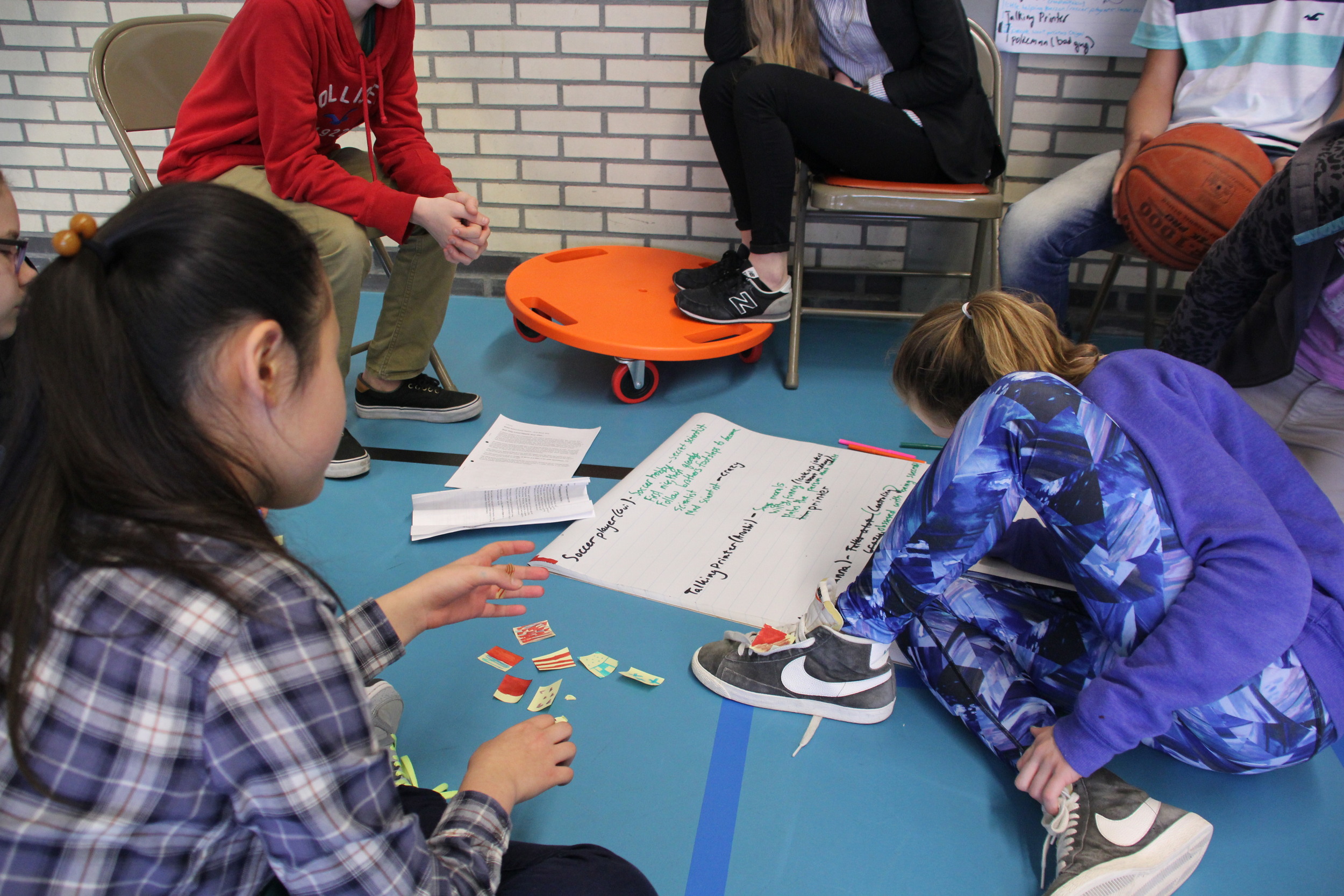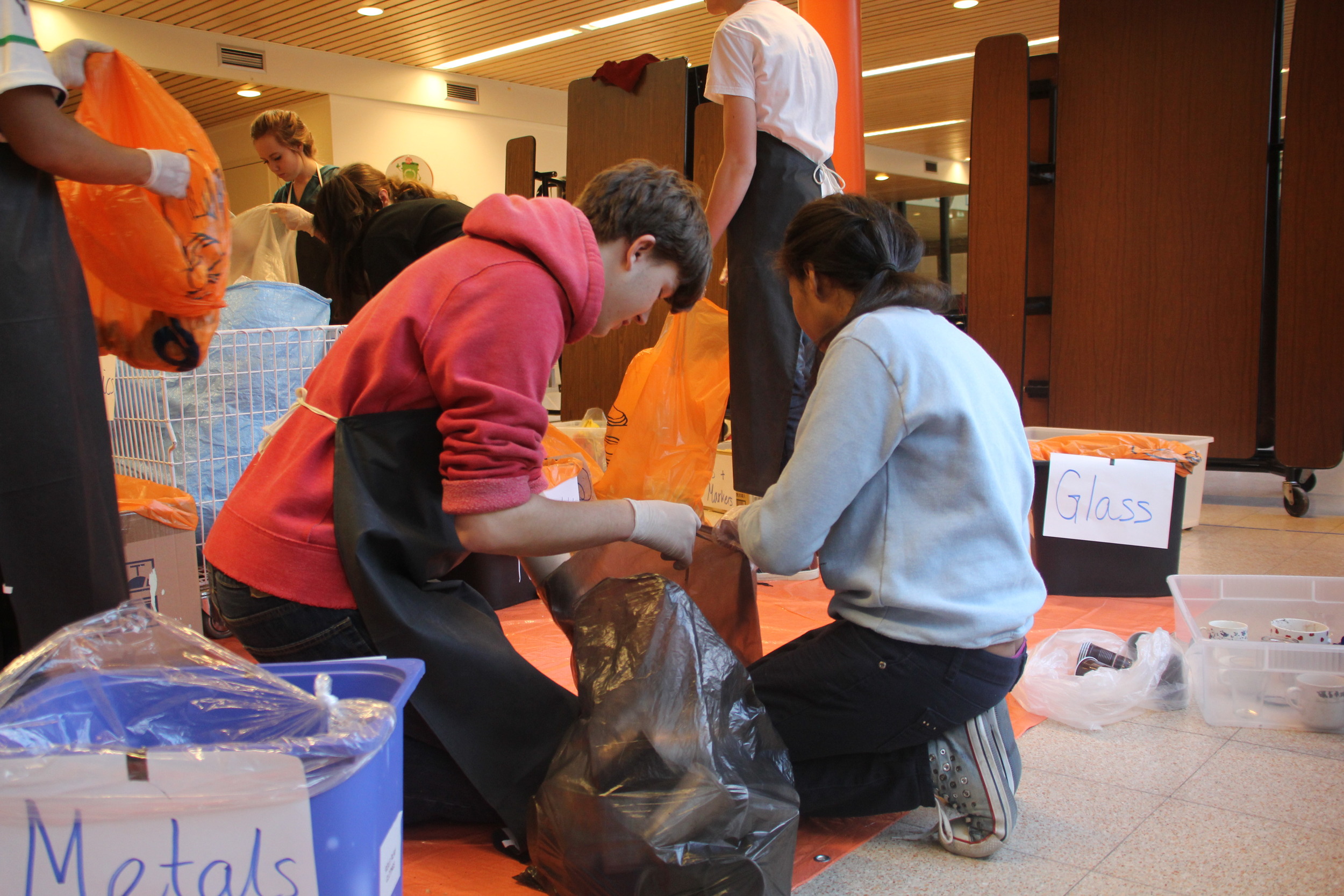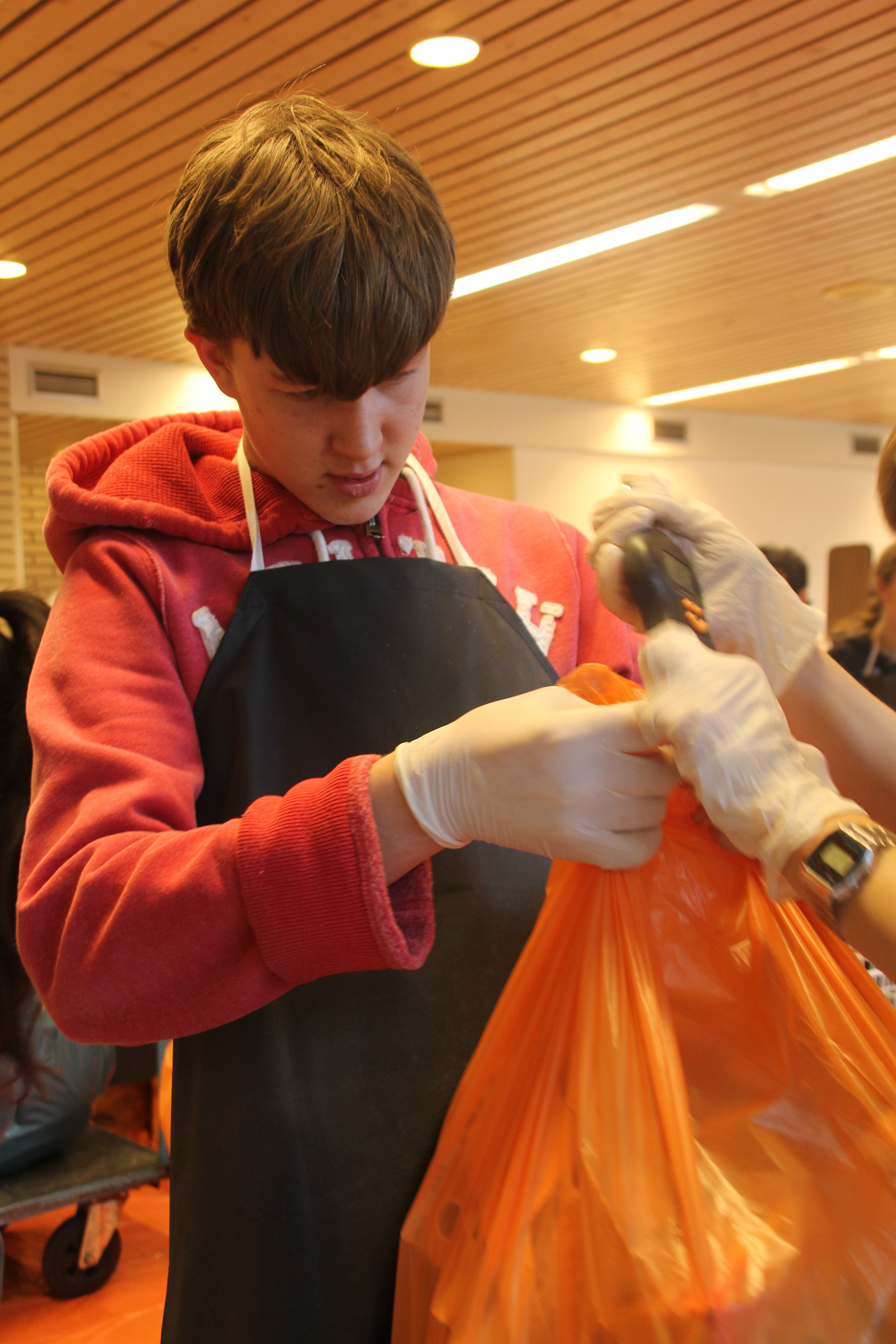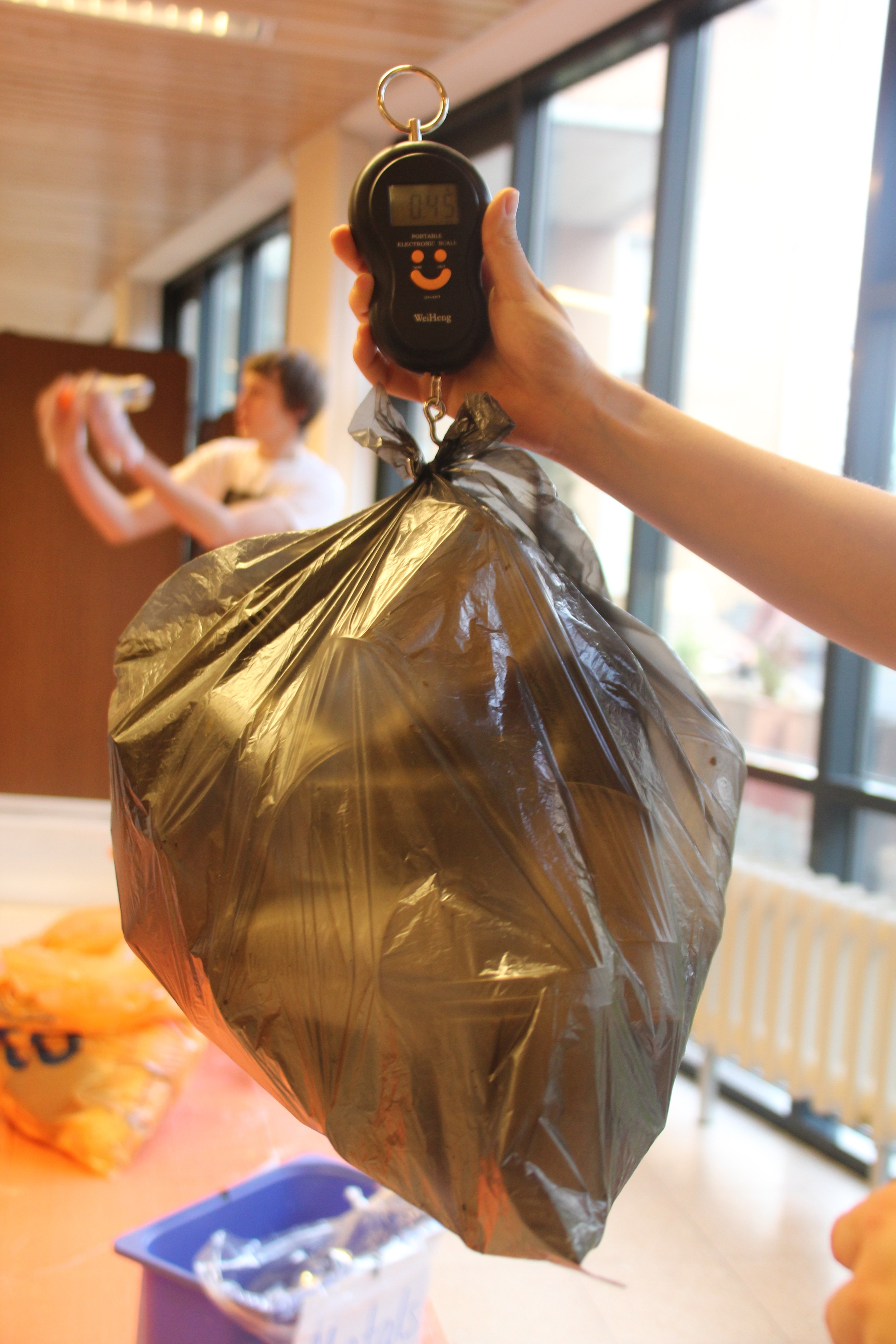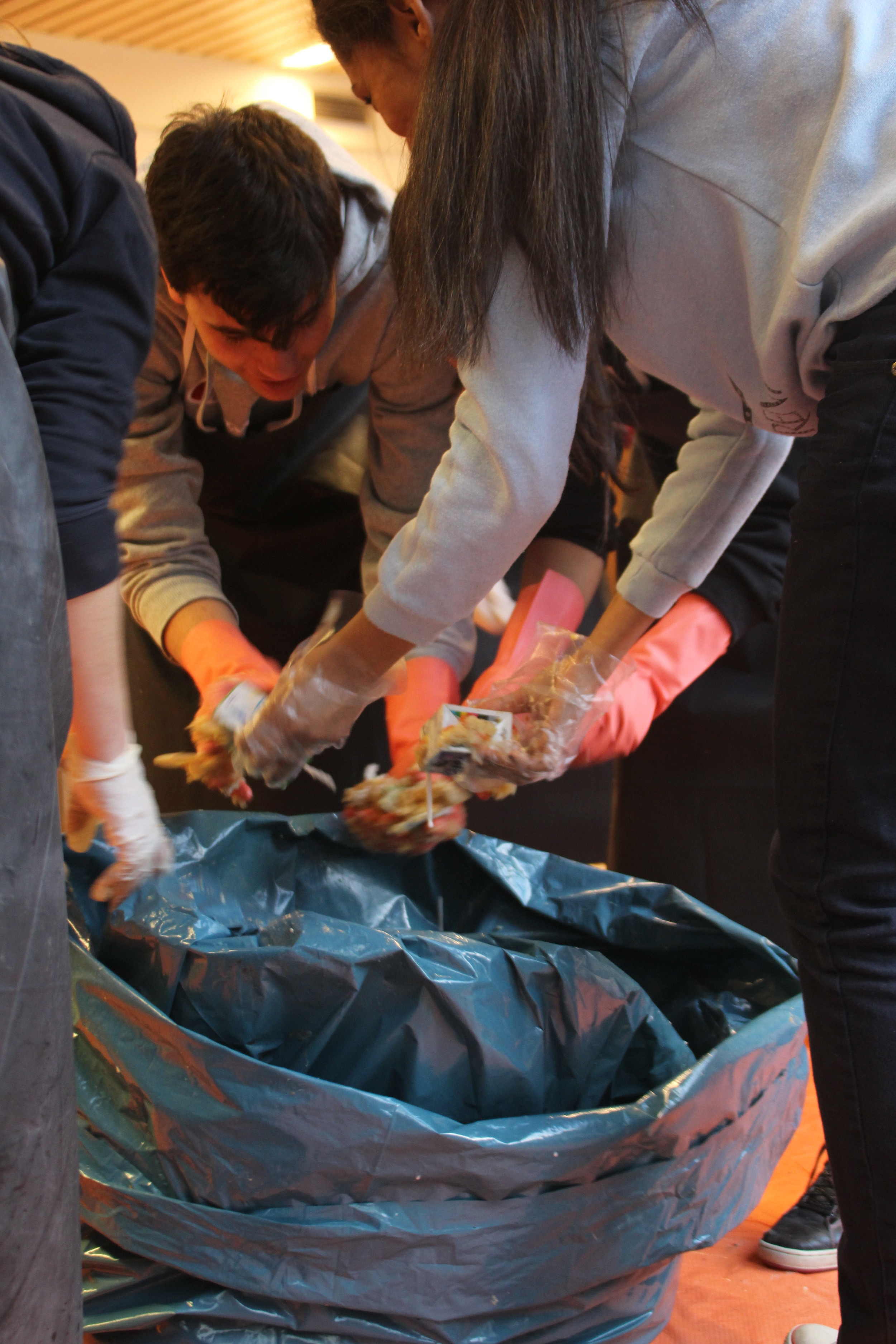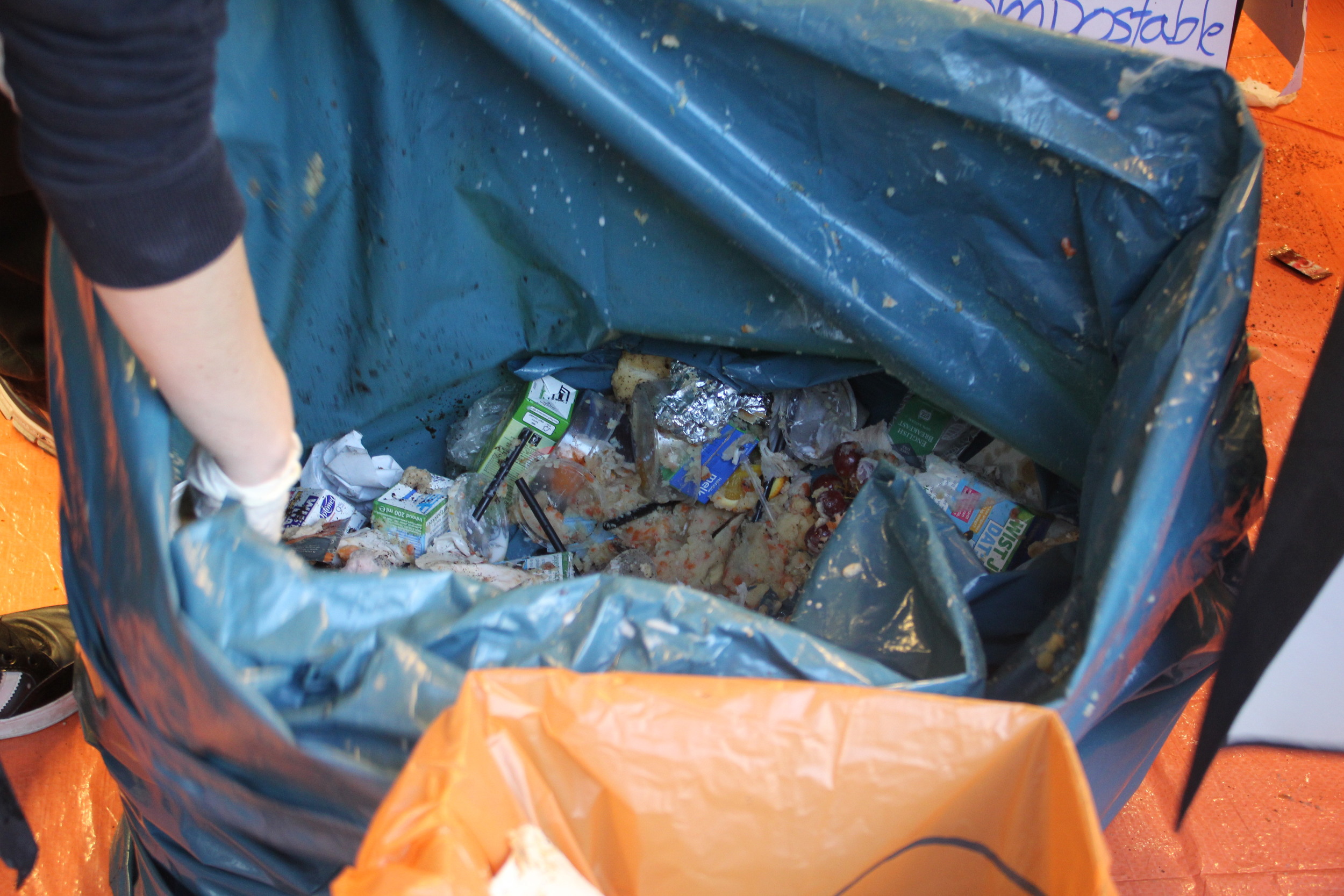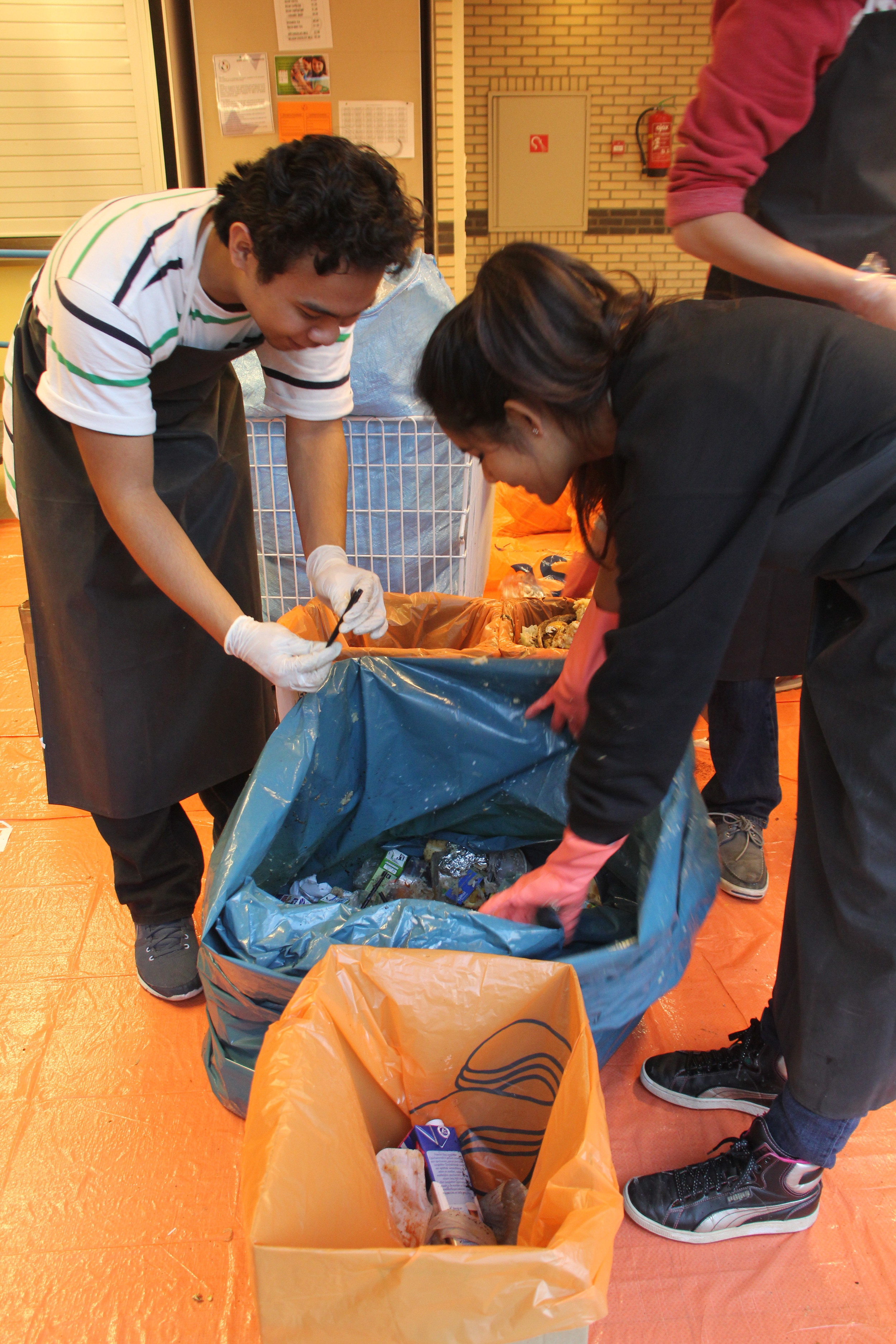It is a law in Saudi Arabia that all women are properly covered when in public. For local women this means wearing a robe, or abaya, and a head scarf, or hijab. Of westerners in Jeddah it is required that we wear only the abaya. This has been explained and well-outlined to me before we signed contracts to teach in this country. My husband has been given a robe to deliver to me with instructions to put on the abaya before exiting the plane in Saudi Arabia.
In cities throughout the world fully covered (i.e. abaya and hijab) Muslim women outside their country of origins can be seen. Thus, my expectation was to find, at the gate in New York, before boarding the plane to Jeddah, that most of the women would be covered with both abaya and hijab.
However, there are only a handful of woman wearing both abaya and hijab. Many more women are are wearing “normal clothes” i.e. a pair of pants and a shirt accompanied with a hijab. A young mother in jeans and a t-shirt is wearing a white hijab and corrals two little boys into our same row in the plane.
Twenty minutes before landing in Jeddah, I contemplate getting into the robe. I reach down to the bottom of my Egyptian tent-maker bag and feel the silky abaya rolled up under my computer like a sausage. Secretly, I fear feeling foolish once I don the robe. Since no other women have made an effort to put on the black abaya, I busy myself with a scrabble game hoping these last few minutes of flight will quickly pass. At one point I look up and am astonished to see that the young mother of the two boys has pulled on a black abaya and has switched her white hijab for a black one and added a veil that falls from the bridge of her nose and covers the lower half of her face (I believe it’s called a Niqaab). In fact, her transformation is so extreme that it is by her boys I actually identify her.
In looking around it is apparent that other women have exchanged their lighter abayas and hijab for black. A few, but not all, have added the Niqaab. Non-Saudi arabic women choose to wear black but most of the westerners remain in lighter colored abayas. I resist putting on my abaya until we have landed and it’s time to exit the plane.
The abaya slips on easily and I snap the buttons down the front, closing the abaya around my body. Indeed, I feel somewhat foolish. My 14-year old, Skyler, eyes me skeptically and I wonder what it’s like for him to see his mother so clad.
We step out onto the stairs descending from the plane to the bus that will take us to the terminal. The heat and humidity take my breath away and by the time I reach the bus I am sweltering. Immediately I am grateful that it is not expected of me to cover my head and face.
The air conditioning in the airport is a relief from my short foray in the afternoon sun and makes wearing the abaya tolerable. As Steve deals with our lost baggage, Skyler and I have plenty of time to observe people passing through the airport. The women interest me most. First of all, black is definitely the dominant color. Of the women clad in black, there are different levels of facial covering. A few women have elegantly draped Hijabs that allow for their entire face to be seen. For some the face is completely shrouded in black. Referring to women completely enveloped in black, Skyler remarks, “Mom, you could opt for that technique where you just drape the veil over your face and don’t bother wrapping it”. He seems to perceive the burqa (or total covering) as a method of “ease” rather than a level of covering. As such women pass us, I notice several of them pressing the mesh closer to their face so they can see. Some also wear black gloves. None of them have bare feet (even if wearing sandals they have black socks on). Many women have either the Niqaab, covering the lower portion of their faces or the burqa, cloaking the entire face. Near us a women is eating a snack. She places a hand under her veil and pushes it out from her face a sufficient distance to allow herself to bring the food to her mouth. Her face and hands remain completely covered.
Of the non-black abayas there is a diverse ranges of styles, colors, and fabrics. Some of them look outright comfortable and I make a silent note to self to secure myself a lightly coloured abaya made out of linen or other lightweight fabric. If I plan to be out and about I think it will be worth finding a way to increase my comfort level in the heat.
Once again I feel ludicrous as I stumble over my robe in an effort to manipulate a piece of luggage onto the conveyor belt of the scanning machine at the airport’s exit. I notice none of the other women are handling baggage and I follow their example by simply standing by the cart as my husband places and retrieves all of our suitcases on and from the conveyor belt.
At our new home once again I flounder in my abaya as I try to push our suitcases up the sidewalk. Realizing I am not obligated to wear the abaya on the compound, I shed myself of it and enjoy the freedom of being able to help with our baggage.
The next morning I wear my abaya to take take passport photos and undergo medical examination for my iqama (residence permit). There are three of us: another new hire and our woman escort who is helping us out. While waiting for our photos we decide to walk a couple of blocks away to a Starbucks for some refreshment. We question our decision to walk (instead of asking the driver take us) as the sun’s rays bake us beneath our black abayas. After ordering my mango/passion fruit smoothie I follow the other new hire upstairs to the “women’s section”. Both of us trip on our robes on the way up.
I’ve only been here one day and I already find myself debating whether I want to do a certain activity based on whether I need to put on the abaya. YIKES. Steve and I pride ourselves in getting to know and enjoying our host country by immersing ourselves in local tradition and discovering local history, culture, and sites. In order to do this here, I will need to embrace wearing the abaya. I’m going to have to get my mind around this one! There is comfort in observing my western colleagues, already living in Saudi Arabia for over a year, at ease and comfort in their abayas. Maybe it won’t be so bad!
And no, it is not required to wear the abaya while on site at the school. At least while teaching, this burden of apparel will not be mine!





